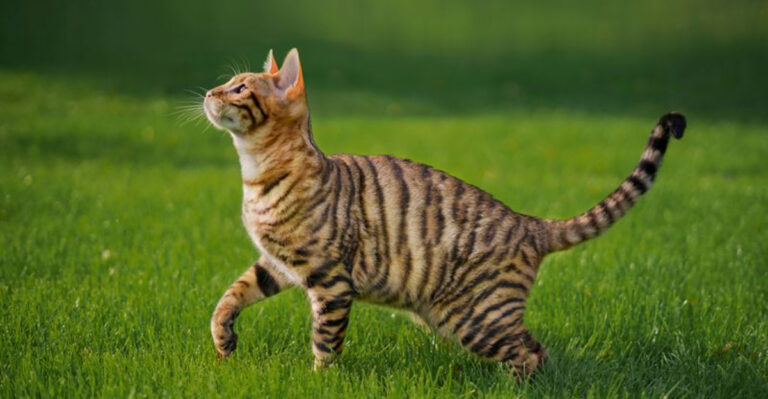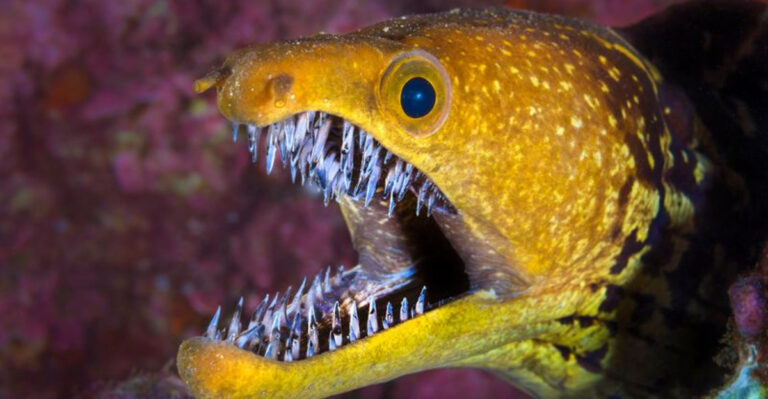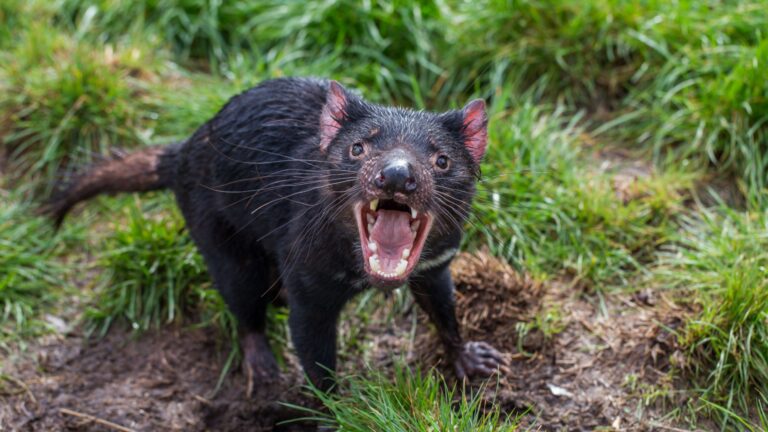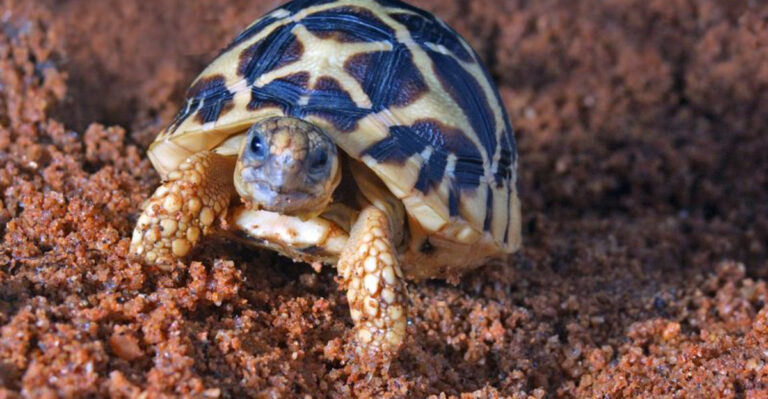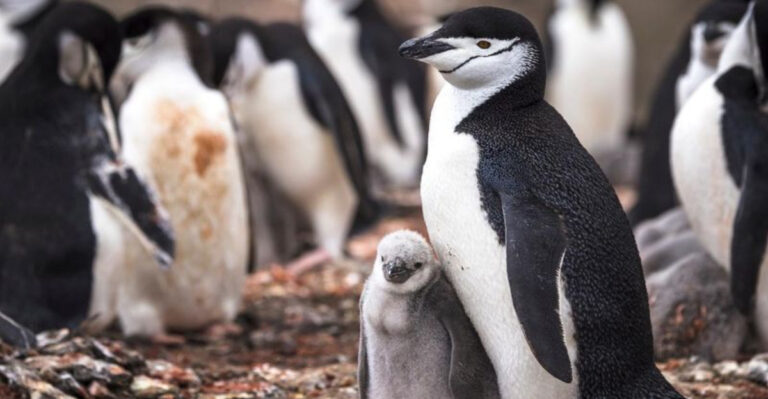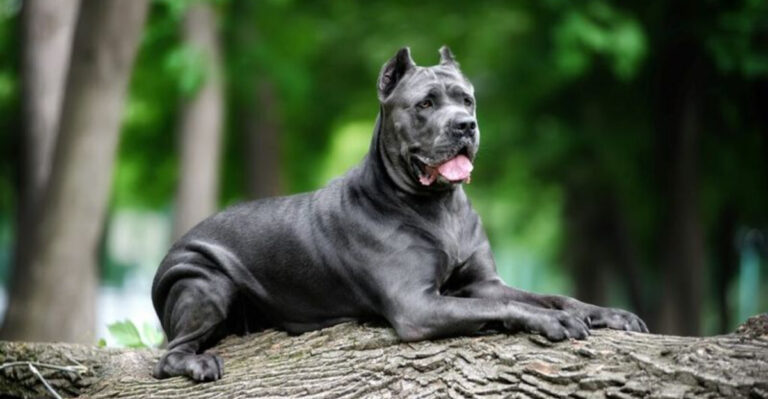14 Seasonal Pet Behavior Changes That Owners Misinterpret As Problems
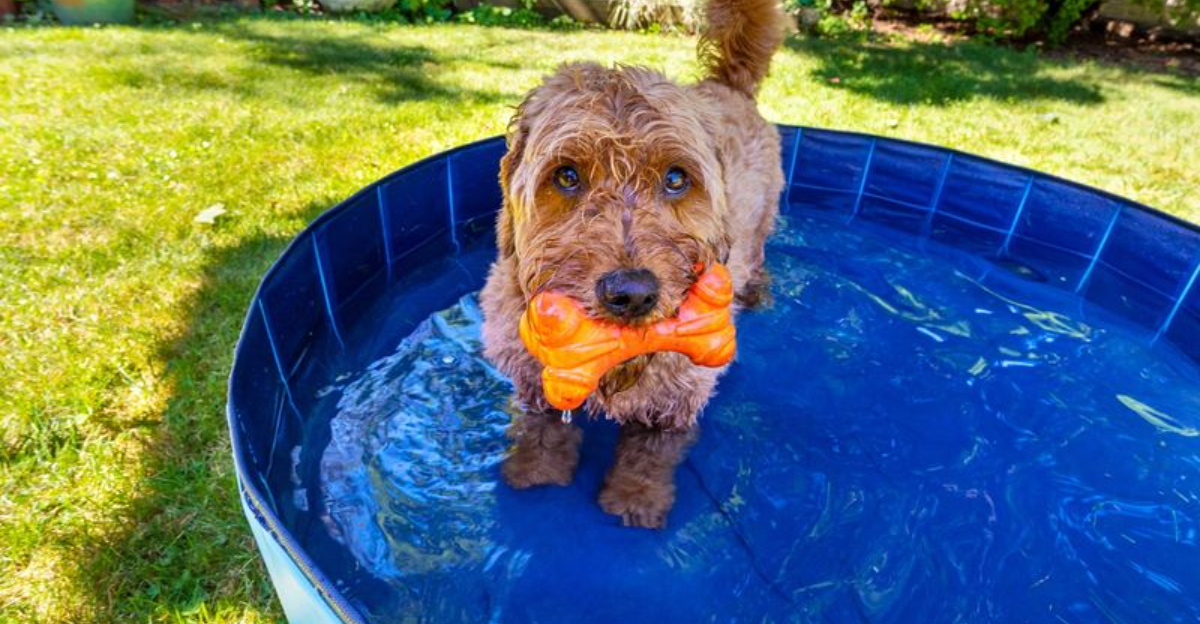
Ever wondered why your pet acts a little quirky as the seasons change? Many pet owners mistakenly see these adaptations as problems when they’re just normal adjustments! Understanding them can deepen your bond. Let’s explore such behaviors.
1. Squirrels Aren’t The Only Ones Stocking Up

As autumn approaches, your furry friend might suddenly start hiding toys or even food. This isn’t a sign of mischief. Dogs, much like squirrels, tend to stash away items instinctively.
This behavior is rooted in their wild ancestry, as they prepare for the leaner months ahead. It’s a quirky nod to their primal survival instincts. Embrace it as part of their charm.
2. Cats And The Sunbeam Chase

Have you ever noticed your cat stretching out lazily in that perfect sunbeam during colder months? While it might seem like pure laziness, they’re actually soaking up warmth.
Cats are heat seekers by nature, finding the warmest spots to nap. This behavior is their cozy way of dealing with temperature drops. Enjoy the sight, it’s their seasonal self-care routine.
3. Birds And The Changing Tunes

When your pet bird starts singing a different tune, it’s not a sign of distress. Birds often modify their calls with the seasons, reacting to changes in daylight.
This isn’t random; it’s a natural adjustment to their environment. Their rhythmic tunes adapt to seasonal daylight changes. Listen closely, and you might notice a new melody each season.
4. The Mystery Of The Extra Fur
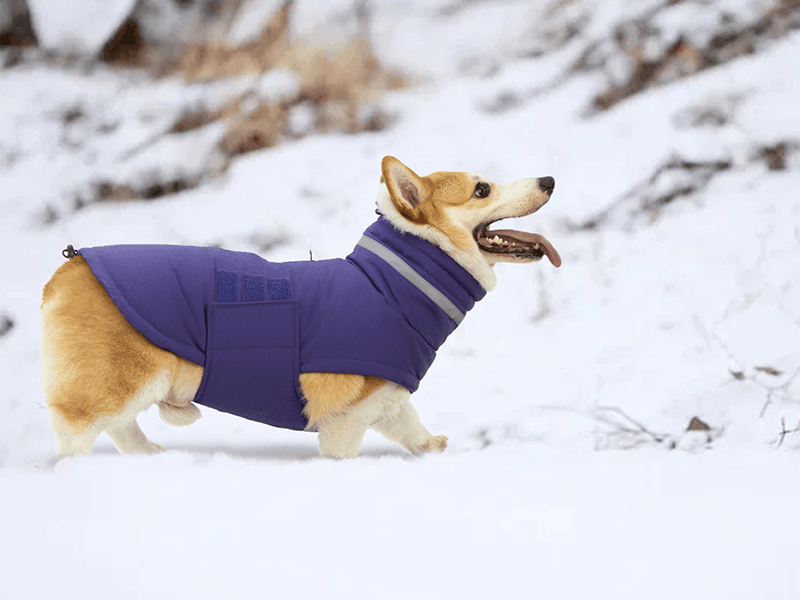
Come winter, your pet suddenly seems fluffier! This isn’t just your imagination. Pets often grow thicker coats as temperatures drop, shedding them come spring.
It’s a natural process to keep them warm. While it might mean more fur around the house, it’s a testament to their adaptive nature. Appreciate their cozy new look!
5. Springtime Zoomies Unleashed
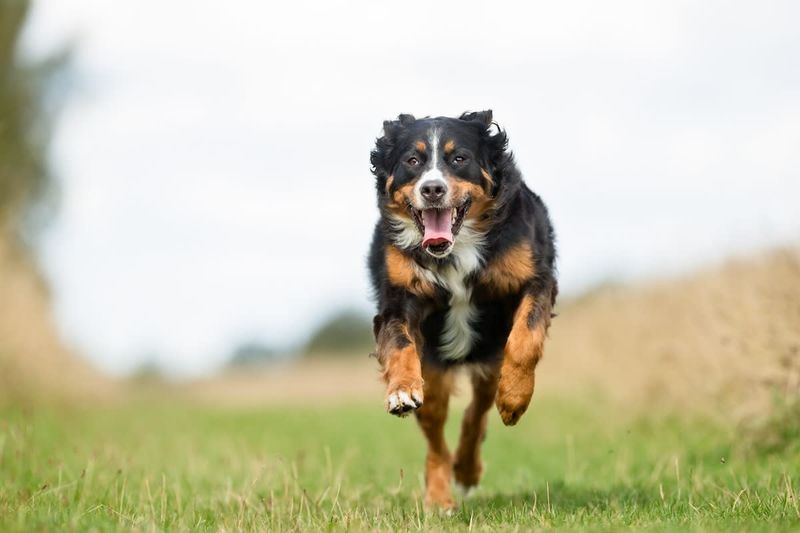
As spring blossoms, have you noticed your dog bursting with energy? Those “zoomies” are a delightful sign of joy and vitality.
The warmer weather and longer days invigorate them, sparking an urge to play and explore. It’s their version of celebrating the season, and it’s infectious!
6. The Autumn Appetite Surge
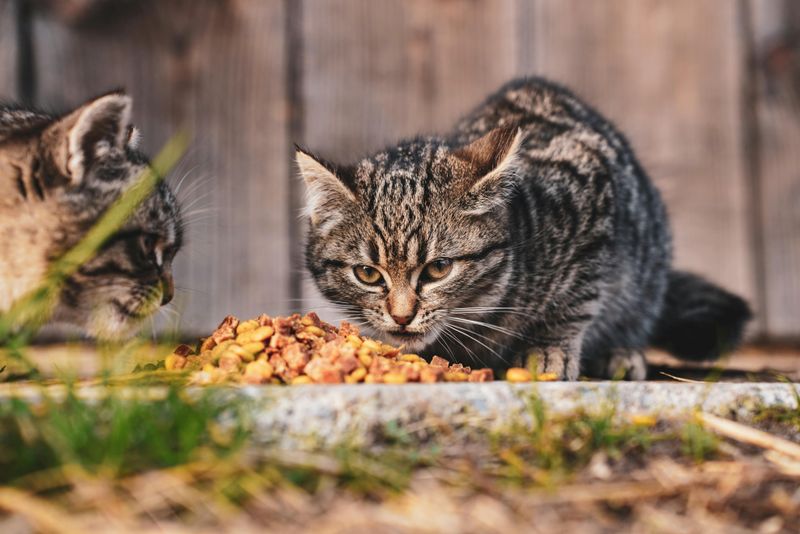
Your cat’s sudden appetite increase in autumn isn’t just about greed. As days cool down, they instinctively eat more, preparing for winter.
This behavior is a throwback to their wild ancestors who needed the extra energy to survive colder months. It’s a seasonal survival instinct, not a problem.
7. The Winter Nap Expansion
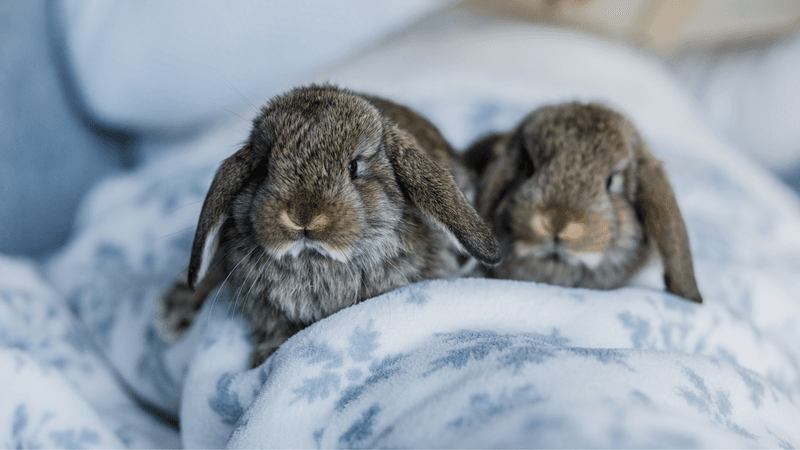
Ever wondered why your pet rabbit seems to nap more during winter? It’s not laziness; it’s a natural response to shorter days.
Rabbits, like many creatures, adjust their activity levels with daylight changes. More sleep helps them conserve energy in colder months. Let them snooze; it’s their way of coping with winter.
8. Seasonal Shedding Surprise
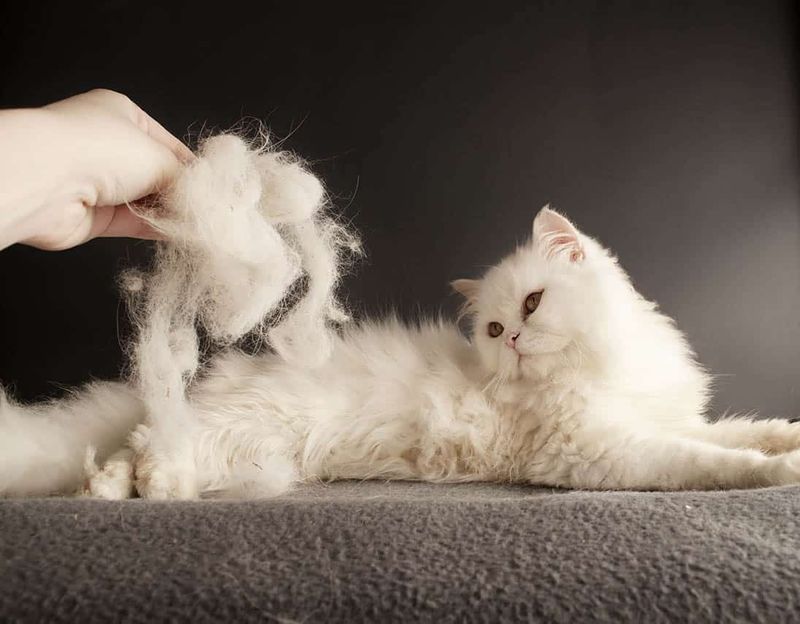
Spring rolls around, and suddenly, your home is covered in fur! Cats shed their heavy winter coats as temperatures rise, leading to increased grooming.
This isn’t a cleanliness issue but a natural cycle to adapt to the heat. Regular brushing can help manage the fur flurry, ensuring they’re comfortable in their sleek, summer-ready coat.
9. The Summer Cool-Off Dips
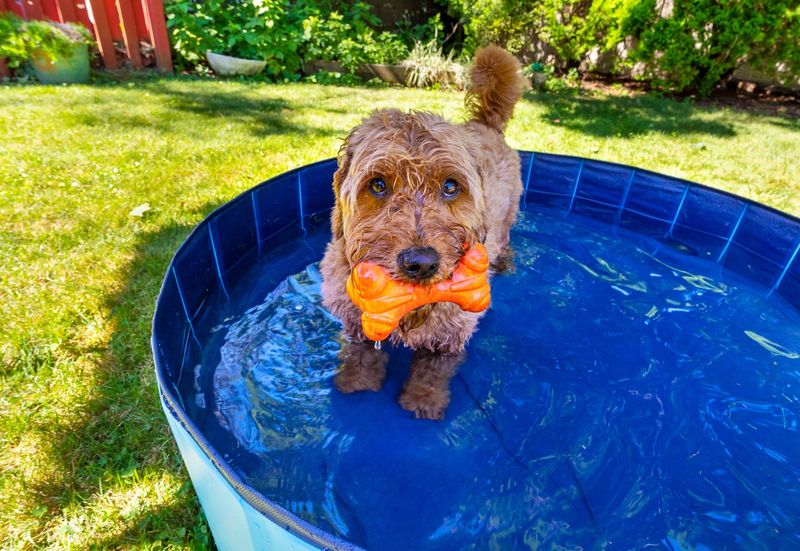
In scorching summer months, your dog might jump into water more than usual. It’s not just play; they’re cooling down.
Dogs regulate their body temperature through their paws and tongue. Water helps them beat the heat efficiently. Encourage these dips; they’re essential for their comfort and health.
10. Winter Whisker Grow
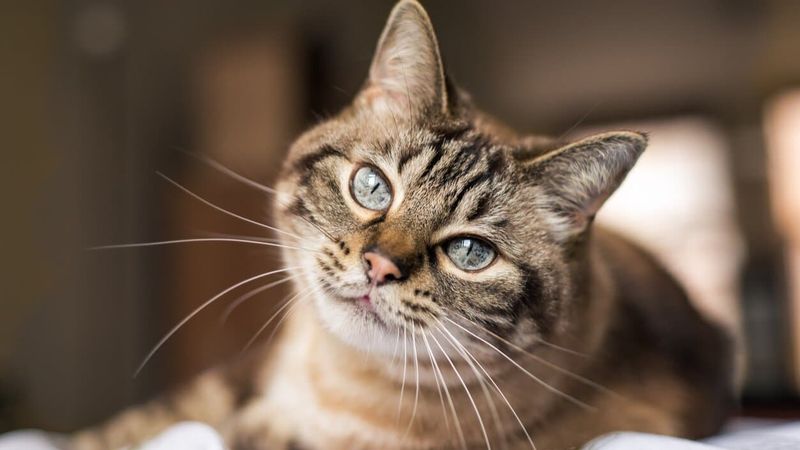
Ever noticed your cat’s whiskers looking more prominent during winter? They’re not just for show! Whiskers grow to help them sense changes in their environment, especially as days get darker.
These sensitive hairs act like antennas, guiding them through dimmer days with ease. It’s a fascinating adaptation, not a grooming failure.
11. Hamsters And The Great Winter Dig
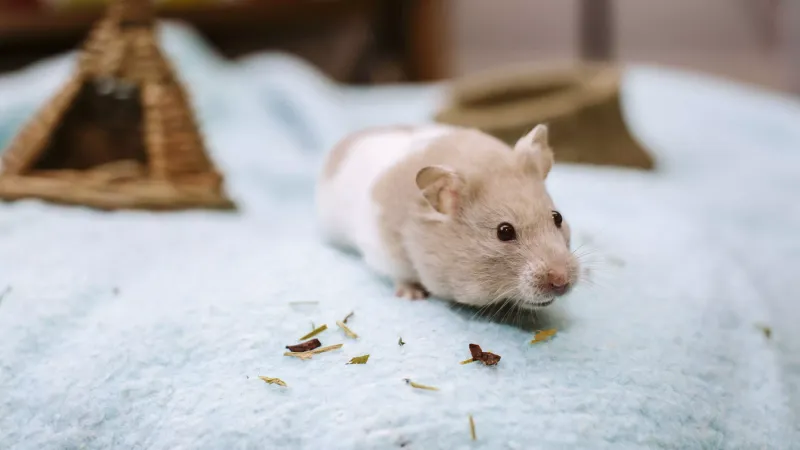
Your hamster might become an enthusiastic digger as winter arrives. They’re not just redecorating; it’s instinct!
Hamsters naturally burrow to create warmer, cozier nests to survive the chill. This behavior is a nod to their desert origins, ensuring a snug hibernation-like state.
12. The Spring Birdie Nesting
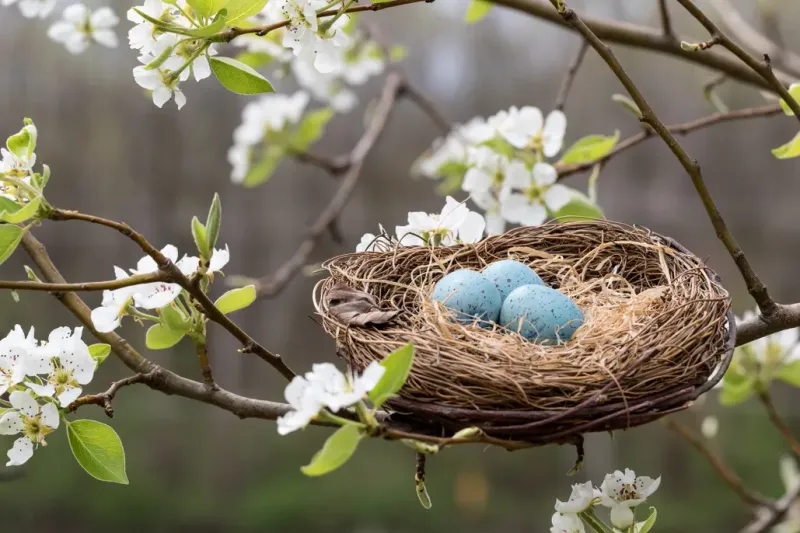
Spring ignites an industrious streak in birds, prompting them to build nests. It’s not just busywork; it’s instinctual preparation for raising young.
This behavior is a natural response to increasing daylight and temperatures, ensuring a safe haven for new life. It’s a cycle of renewal and hope.
13. The Seasonal Squirrel Chase
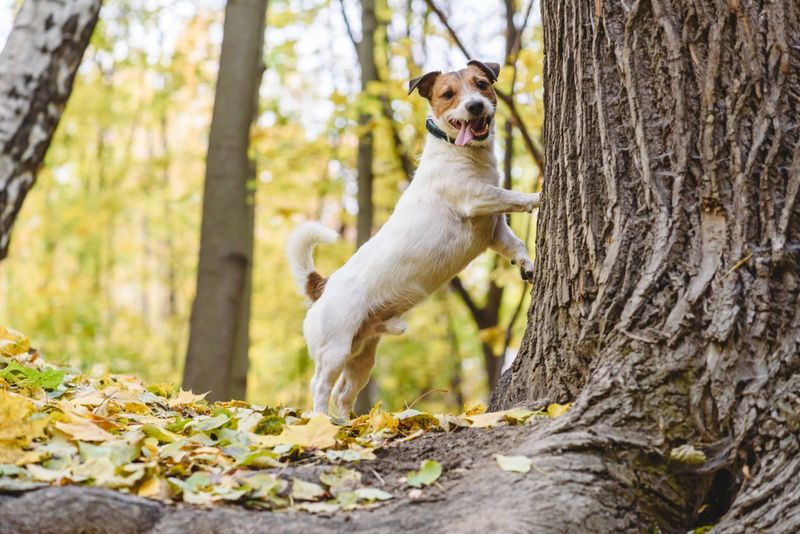
As autumn sets in, your dog’s renewed interest in chasing squirrels isn’t mere mischief. It’s a throwback to their hunter ancestors, a playful pursuit that’s part of their genetic makeup.
This behavior is primarily for fun, not food, and it’s a great way for them to exercise and engage their instincts.
14. The Winter Cuddle Bug Syndrome
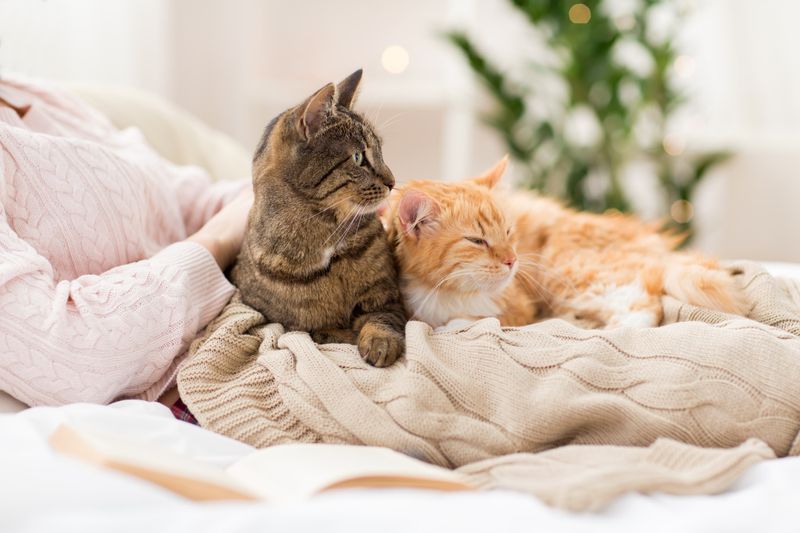
Has your cat become a snugly cuddle bug during winter? It’s not neediness, but warmth-seeking behavior.
Cats gravitate towards warmth, so you’ll find them curling up more with you as temperatures drop. It’s a heartwarming seasonal bond that’s beneficial for both.

